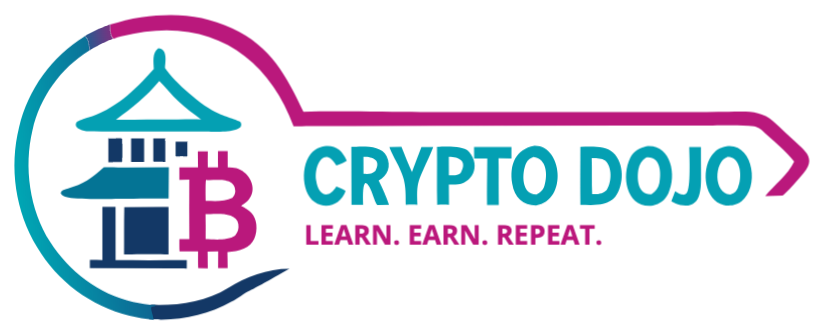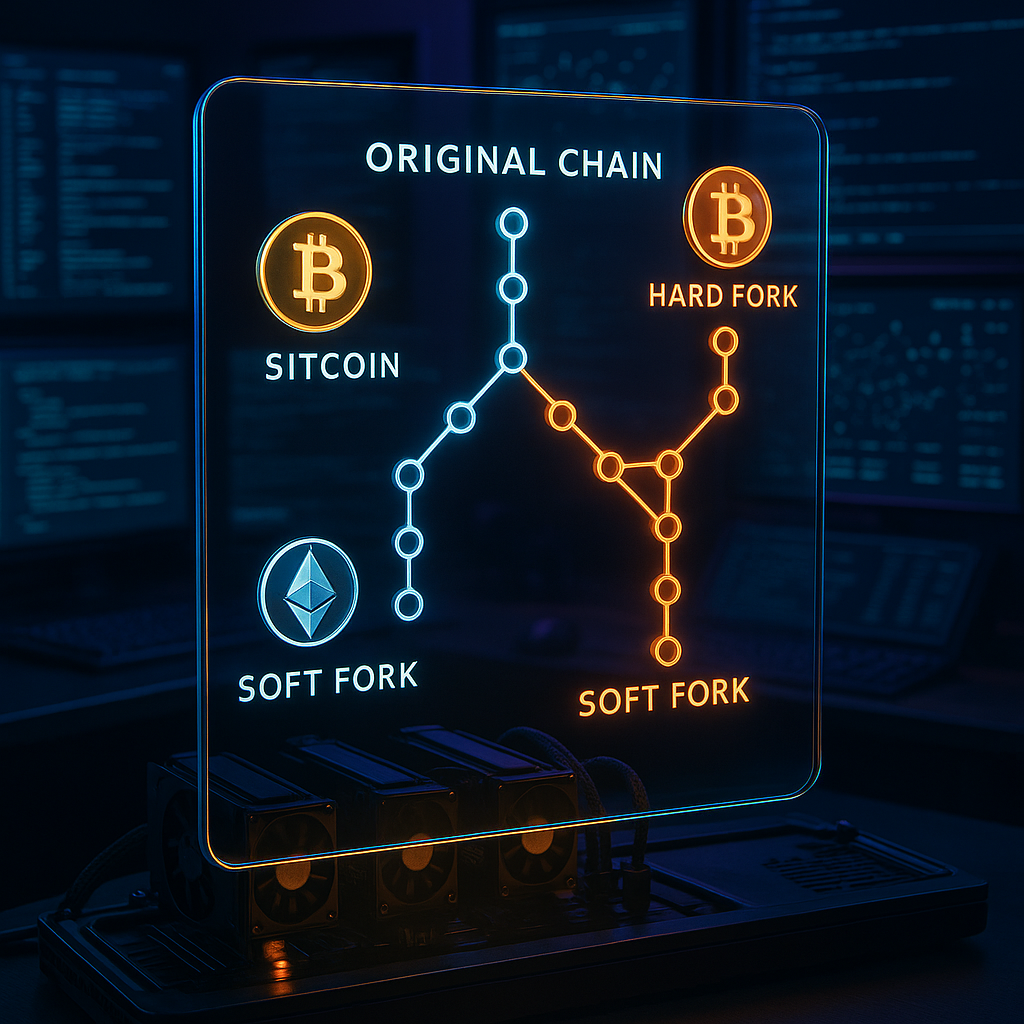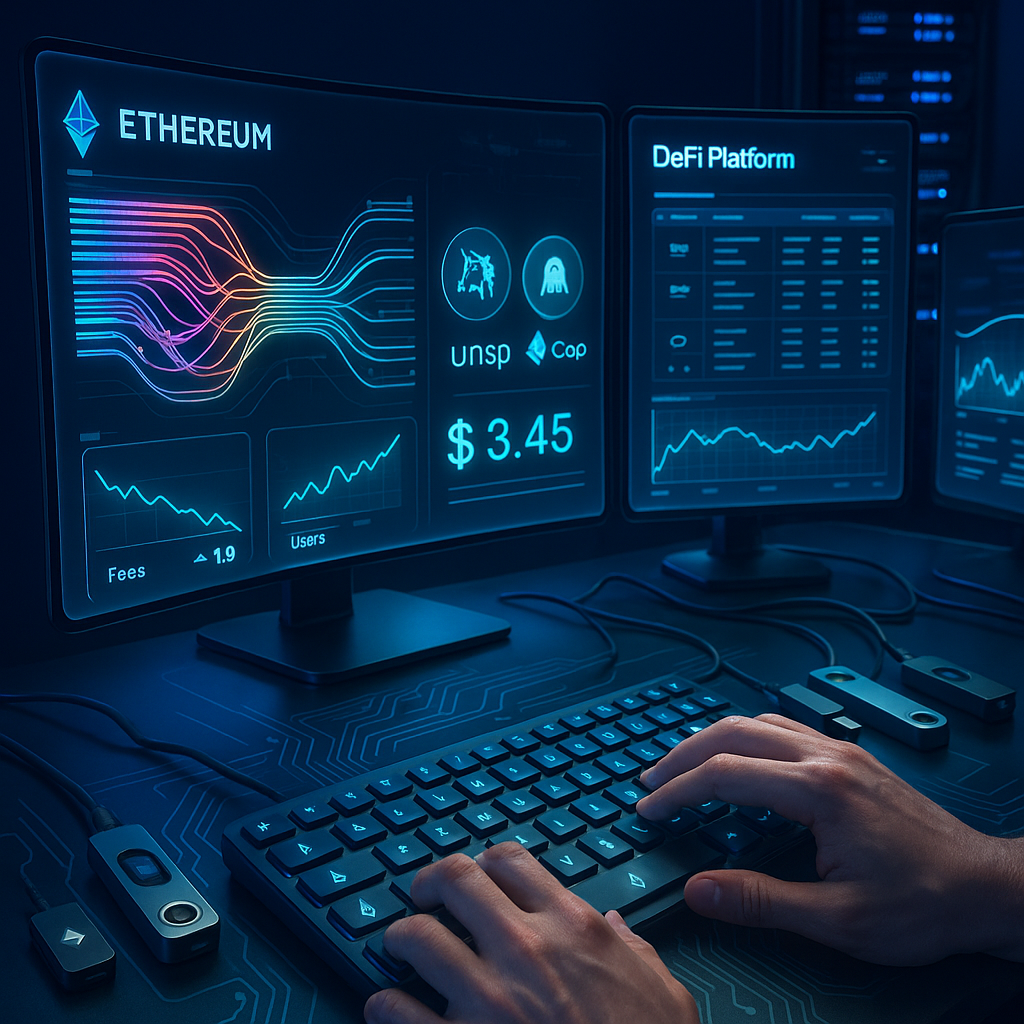Key Takeaways
- Master the language of blockchain with ease: Understanding key crypto terms demystifies the technology and empowers you to make smart, informed decisions in the Web3 ecosystem.
- Decode confusing jargon for smarter participation: Knowing essential terms like wallet, smart contract, DeFi, and NFT transforms overwhelming blockchain conversations into clear, actionable knowledge.
- Spot scams and navigate safely with critical vocabulary: Recognizing words such as “rug pull,” “private key,” and “KYC” helps you identify risks, protect your assets, and operate securely in the crypto space.
- Level up your Web3 skills for real-world utility: Grasping blockchain vocabulary is more than just theory. It lays the foundation for hands-on exploration, investing, and earning within the decentralized economy.
- Bridge the gap between beginner and crypto-native: A strong command of essential terminology accelerates your journey from newcomer to confident participant, so you never feel left behind in fast-moving crypto discussions.
With this glossary as your guide, you’ll be equipped to decode crypto conversations, ask insightful questions, and build a strong foundation for deeper learning. Let’s explore the must-know terms and concepts that will open doors to your crypto journey and give you the confidence to participate fully in the decentralized future.
Introduction
Approaching your first crypto conversation can feel like deciphering a secret code. Acronyms such as WAGMI, HODL, DeFi, and NFT are everywhere, packing each discussion with layers of unfamiliar meaning. In a fast-evolving digital space, the right vocabulary becomes essential for comprehension and confident participation.
A trustworthy crypto glossary is your bridge from confusion to clarity. Breaking down essential terms empowers you to engage in Web3 discussions, identify common pitfalls, and spot new opportunities with confidence. The path to understanding crypto starts with a clear grasp of key blockchain terms, transforming daunting jargon into the practical building blocks of your digital financial journey. Now, let’s dive into the core concepts and language shaping the world of blockchain and cryptocurrency.
Blockchain Fundamentals
To fully participate in the crypto economy, it’s vital to start with the building blocks of blockchain technology and understand what sets it apart from traditional systems.
Stay Sharp. Stay Ahead.
Join our Telegram Group for exclusive content, real insights,
engage with us and other members and get access to
insider updates, early news and top insights.
 Join the Group
Join the Group
Core Blockchain Concepts
Blockchain serves as the foundational technology powering cryptocurrencies. Think of it as a digital ledger that records transactions across a network of computers. Unlike traditional databases, this ledger is distributed (identical copies exist on thousands of computers globally), ensuring transparency and resilience.
The wider category, distributed ledger technology (DLT), includes various systems that store data across multiple sites or participants. While all blockchains are distributed ledgers, not all distributed ledgers use the specific “chain of blocks” structure or consensus rules that define blockchains. Understanding this distinction equips you to recognize different blockchain and distributed technology solutions across diverse industries, from finance and supply chain management to healthcare.
Within the blockchain, transactions are bundled into blocks. These are secure digital containers holding transaction data. Each block links to the previous one using cryptographic algorithms, creating an immutable chain of information. This structure means altering historical records is nearly impossible without alerting the entire network, making blockchain especially useful for sectors demanding integrity and transparency, such as legal record-keeping or environmental tracking.
Consensus Mechanisms
One of blockchain’s core innovations is its method for achieving agreement, or consensus, among decentralized participants on what constitutes a valid transaction. The two most prominent consensus mechanisms are:
Proof of Work (PoW)
- Involves computers (“miners”) racing to solve complex puzzles to validate transactions.
- Used by Bitcoin and, until recently, Ethereum.
- Praised for its security but criticized for significant energy consumption.
- Rewards are given to miners who successfully add new blocks.
Proof of Stake (PoS)
- Validators “stake” cryptocurrency to earn the right to approve transactions.
- Significantly more energy-efficient than PoW.
- Now used by Ethereum 2.0 and many other leading blockchains.
- Rewards are tied to the amount staked rather than computational effort.
The consensus mechanism a blockchain uses directly affects its speed, scalability, security, and environmental impact. In addition to PoW and PoS, innovative sectors like sustainable technology and supply chain logistics are exploring other models (such as Proof of Authority and Proof of Space) to better suit their specific needs.
Cryptocurrency Essentials
As we shift from technology to application, understanding the role and structure of cryptocurrencies and digital assets becomes critical for participation in the Web3 space.
Digital Assets and Tokens
Cryptocurrency is a digital or virtual currency secured by cryptography. Most cryptocurrencies are designed to operate independently of central banks, giving users unprecedented control over their finances. The original and best-known cryptocurrency is Bitcoin, but there are thousands of others, each with unique use cases.
Different tokens serve specific purposes in the blockchain ecosystem:
- Payment Tokens (e.g., Bitcoin, Litecoin): Used as a medium of exchange for goods and services, both within and outside crypto environments.
- Utility Tokens: Grant access to specific features or services on a blockchain platform, such as voting in DAOs, playing games, or using decentralized storage.
- Security Tokens: Represent ownership in real-world assets, such as stocks or real estate, and are subject to financial regulation.
- Governance Tokens: Offer holders voting rights to influence protocol direction or project changes. These are crucial in decentralized project management.
Stablecoins form a unique subset of cryptocurrencies, designed to maintain a constant value by being pegged to a reserve asset, often a fiat currency like the US dollar. This stability makes them a vital bridge between the traditional financial world and decentralized applications. Stablecoins are widely used in remittances, trading, global payments, and as a reliable store of value during periods of crypto market volatility.
Wallets and Keys
Understanding wallets and their keys is fundamental to securing and managing your digital assets. Despite the name, crypto wallets don’t actually hold coins. Instead, they store cryptographic keys proving your ownership and granting access to your assets on the blockchain.
There are two main types of wallets:
Hot Wallets
- Remain connected to the internet.
- Most convenient for frequent transactions and trading.
- Include mobile wallet apps, browser extensions, and some web-based platforms.
- Higher risk of cyberattacks, making them more suitable for small to moderate holdings.
Cold Wallets
- Remain offline (disconnected from the internet).
- Used for long-term, highly secure storage of crypto assets.
- Include hardware devices (like Ledger or Trezor) and even paper wallets.
- Preferred by investors and institutions for safeguarding large holdings.
Wallets depend on two types of secure keys:
Stay Sharp. Stay Ahead.
Join our Telegram Group for exclusive content, real insights,
engage with us and other members and get access to
insider updates, early news and top insights.
 Join the Group
Join the Group
- Private Key: Your personal access code that allows you to spend or move crypto assets. This must never be shared. Whoever controls the private key controls the assets.
- Public Key: Shared openly as your receiving address. Others use this to send crypto to your wallet.
Keeping your private keys secure is the cornerstone of digital safety in any cryptocurrency environment, whether you are transacting in retail payments, managing investment portfolios, or using digital identification solutions in healthcare or education.
DeFi Terminology
Decentralized Finance (DeFi) is reshaping global finance by removing centralized intermediaries and empowering users with transparent, programmable tools.
Basic DeFi Concepts
Decentralized Finance (DeFi) is a new paradigm for financial services, operating without trusted middlemen. It allows anyone, anywhere, to access and use financial products through blockchain-based platforms. Here are the essential pieces:
Smart Contracts
- Programs stored and executed on blockchain networks.
- Automatically enforce agreed-upon rules and terms without the need for traditional intermediaries.
- Underpin core DeFi applications like decentralized lending, insurance, and exchanges.
- Increasingly used outside finance, including in healthcare claims automation and supply chain processes.
decentralized trading, lending, and borrowing on exchanges known as DEXs (Decentralized Exchanges).*
- Users who add their assets (“liquidity providers”) earn a share of fees or rewards.
- Liquidity pools are not unique to finance; for example, similar mechanisms are used in gaming economies or distributed prediction markets.
Advanced DeFi Terms
As you explore deeper, some advanced DeFi concepts become important for evaluating risk and reward:
Yield Farming involves using your crypto assets across various DeFi services to maximize potential rewards. Common strategies include:
- Lending out digital assets on protocols to earn interest.
- Providing liquidity to trading pairs, collecting transaction fees and incentive tokens.
- Staking tokens in “farming” programs for additional rewards.
- Participating in cross-protocol opportunities as they arise.
This dynamic approach to managing capital draws parallels with optimizing investment portfolios in the traditional finance industry, adapting similar techniques to digital assets.
investment portfolios in the traditional finance industry*, adapting similar techniques to digital assets.
Impermanent Loss refers to the difference in value between simply holding tokens in your wallet versus supplying them to a liquidity pool, especially when the prices of paired assets fluctuate.
- It becomes a factor when significant price changes reduce your proportionate share of each asset in the pool.
- Can offset the gains from trading fees or farming rewards.
- A crucial concept for DeFi participants, as well as for those experimenting with blockchain-based insurance products or real estate tokenization.
Understanding these concepts is increasingly relevant as DeFi models stretch into new areas, such as peer-to-peer lending in emerging markets, decentralized insurance, and asset management in sectors from healthcare to energy.
NFTs and Digital Ownership
Beyond finance, blockchain technology is revolutionizing how we think about ownership in the digital world. NFTs have become the cornerstone of this shift.
NFT Basics
Non-Fungible Tokens (NFTs) are blockchain-based assets that are provably unique and irreplaceable. Unlike cryptocurrencies such as Bitcoin, which are fungible (interchangeable), each NFT contains specific metadata and attributes, providing:
- Verifiable scarcity (a record of the number of existing copies).
- Proof of ownership, securely recorded on blockchain.
- Unique attributes related to digital art, collectibles, or access rights.
- The ability for creators to embed royalties for secondary sales.
NFTs are transforming industries far beyond digital art. In entertainment, NFTs deliver exclusive fan experiences and tickets; in gaming, they grant ownership of in-game items and characters; in real estate, they serve as records for virtual land and properties; in education, NFTs are being explored for unique, verifiable digital certificates and achievements.
ownership of in-game items and characters*; in real estate, they serve as *records for virtual land and properties*; in education, NFTs are being explored for *unique, verifiable digital certificates and achievements*.
NFT Marketplaces
The NFT ecosystem thrives through specialized marketplaces, a vibrant ecosystem for creators, collectors, and investors to transact securely and transparently.
Primary Sales
- The initial offering of new NFTs, often called “minting”.
- Occur directly from the creator, often at a set price or through a lottery.
- May include built-in royalties for ongoing creator compensation.
Secondary Markets
- Facilitate peer-to-peer trading, resales, and auctions for previously minted NFTs.
- Offer dynamic pricing through auctions or fixed rates.
- Support multiple payment methods, including cryptocurrencies and stablecoins.
- Apply service fees and often provide discovery tools for trending and rare NFTs.
NFT marketplaces now serve a wide variety of sectors. In music, artists use them for album releases and concert access. In sports, leagues tokenize collectibles and memorable moments. Even supply chain management is tapping NFTs for provenance tracking and digital twins, showing the technology’s cross-industry versatility.
Conclusion
Mastering blockchain terminology unlocks a new world of digital opportunity, driven by transparency, decentralized control, and continuous innovation. Understanding how blockchains ensure data integrity, how consensus mechanisms safeguard networks, and how digital wallets secure your assets forms the bedrock of safe exploration in the crypto universe.
DeFi’s programmable smart contracts and dynamic liquidity pools are transforming global finance and opening doors to financial inclusion, while NFTs are revolutionizing how we own, trade, and verify digital (and even physical) assets. These concepts are equally relevant whether you are building a side income in DeFi, unlocking new opportunities as a creator, or leveraging digital identity in sectors such as healthcare, legal, and education.
side income in DeFi, unlocking new opportunities as a creator, or leveraging digital identity in sectors such as healthcare, legal, and education.
Looking to the future, the pace of change in blockchain and Web3 will only accelerate. The next generation of crypto participants will be those who invest not just financially, but in their understanding. Adapting to new trends, technologies, and use cases before they hit the mainstream will be key. By grounding your journey in practical knowledge and remaining vigilant in a rapidly evolving environment, you empower yourself to seize opportunities, mitigate risks, and shape your financial destiny in the decentralized economy.
The adventure begins with a single step. Commit to learning one term, ask one question, or explore one new tool today. In the world of crypto, the best-informed decisions are the ones that move you forward. Learn. Earn. Repeat.





Leave a Reply